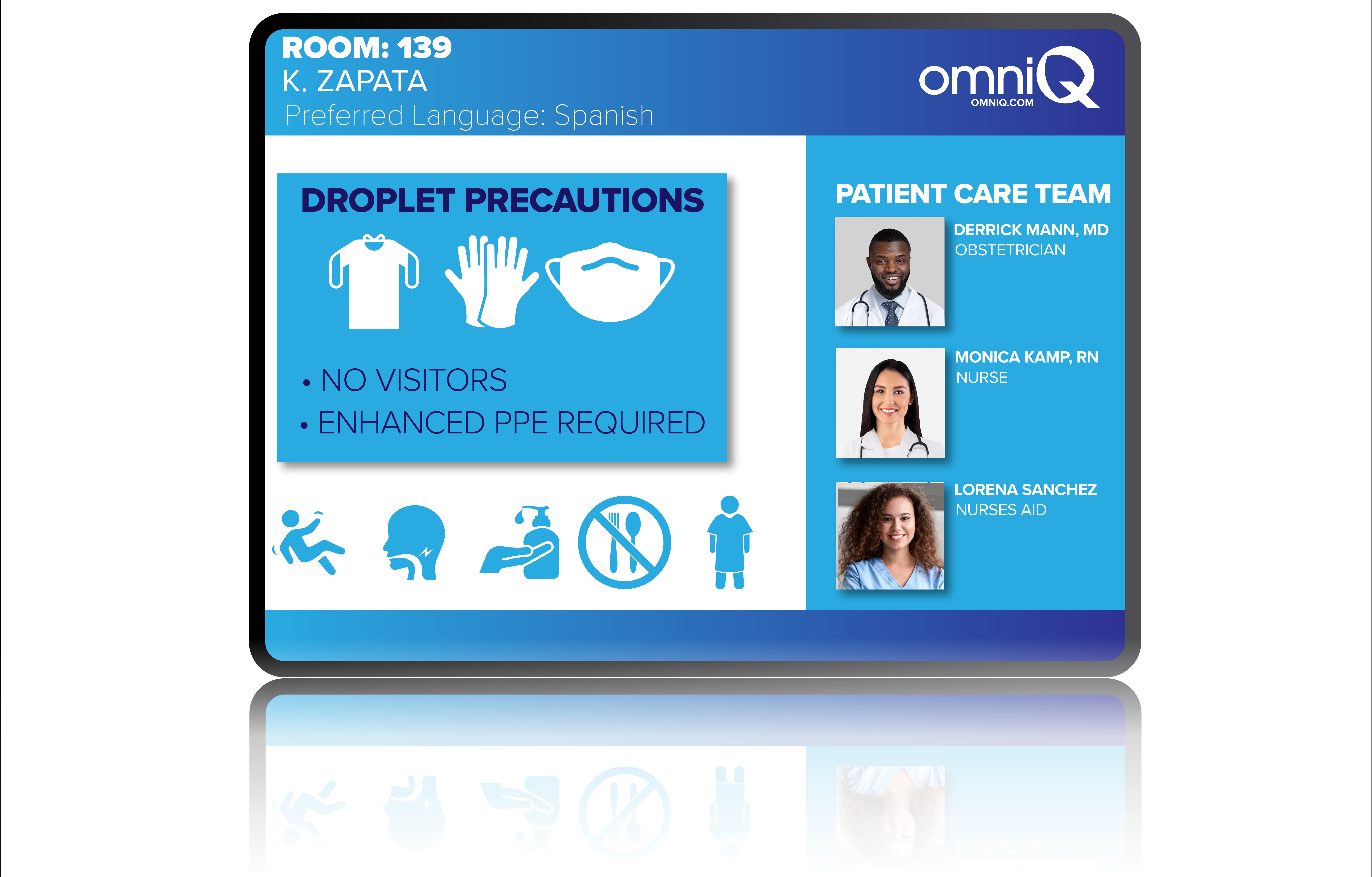Digital signage has become an increasingly popular tool in hospitals for quickly and efficiently communicating patient care information to both patients and staff. Digital signage refers to the use of electronic displays to convey information such as text, images, and videos. Hospitals have found digital signage to be an effective way to improve patient care, from sharing a patient’s plan of care to displaying their dietary restrictions.
One of the most important applications of digital signage in hospitals is communicating a patient’s plan of care. A plan of care is a written plan that outlines the patient’s diagnosis, treatment, and goals for recovery. In the past, plans of care were typically communicated through printed materials or verbally to patients and their families. However, digital signage provides a more efficient and dynamic way to share this important information. Digital signage can display a patient’s plan of care in a clear and easy-to-understand format, making it easier for patients and their families to understand the steps involved in their care.
Digital signage can also be used to display a patient’s dietary restrictions. For patients with specific dietary needs, it can be challenging for hospital staff to keep track of their restrictions and ensure that they receive the appropriate meals. Digital signage can help alleviate this issue by displaying a patient’s dietary restrictions in a clear and prominent manner, making it easier for hospital staff to ensure that the patient’s needs are met. This can help prevent any confusion or errors in the patient’s care.
Another important application of digital signage in hospitals is communicating important safety information. Hospitals are busy and often chaotic environments, and it can be challenging to ensure that all staff and patients are aware of important safety procedures. Digital signage can help by displaying safety information such as hand hygiene practices, fall prevention, and emergency procedures. This information can be displayed in prominent locations throughout the hospital, making it easily accessible to all.
Digital signage can also be used to display important discharge instructions to patients and their families. Discharge instructions are an important part of a patient’s care and help ensure that they continue to receive appropriate care once they leave the hospital. Digital signage can display discharge instructions in a clear and easy-to-understand format, making it easier for patients and their families to understand the steps they need to take once they leave the hospital.
In addition to these practical applications, digital signage in hospitals can also have a positive impact on the patient experience. By providing clear and concise information, digital signage can help reduce anxiety and stress for patients and their families. Digital signage can also be used to display motivational messages and quotes that inspire patients and staff alike, creating a more positive and supportive hospital environment.
Overall, digital signage has become an important tool for hospitals to efficiently communicate patient care information to both patients and staff. From displaying a patient’s plan of care to sharing their dietary restrictions, digital signage can help improve patient care and the overall hospital experience. By using digital signage effectively, hospitals can enhance patient safety, increase efficiency, and promote a positive hospital environment.

